-
•
•
18 responses
Not all targets of our reflexive contempt are well chosen. Expressions of mere gratitude in our monthly testimony meetings are dismissed as ‘thanktimonies’ because they don’t quite cover any of the things a public expression of religious conviction is supposed to be about. But I think this disdain is misplaced, like scoffing at children for riding bicycles when they could instead careen around the neighborhood in outsized cars in which they cannot work the pedals and see over the dashboard at the same time. Read More
-
•
•
11 responses
I’m impressed at how frequently I hear parallels drawn between our church and the many other religions out there. Apparently, we are similar to… the Catholics, due to our shared focus on a formally ordained lineage-based priesthood, strong church hierarchical organization, conservative moral politics, family focus with traditional gender roles, the need for works in addition to faith, and the role of priesthood ordinances in obtaining salvation. the Evangelicals, with our conservative moral politics, family focus with traditional gender roles, claim to spiritual gifts, 19th-century scriptural interpretations, and renewed focus on salvation only being available through faith in Jesus Christ.… Read More
-
•
•
12 responses
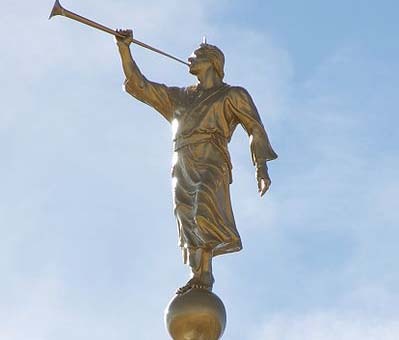
Harold Bloom’s recent NY Times article on Mormonism & politics was tremendously disappointing. The sheer volume of poorly (or dishonestly) researched writing on Mormonism this season is exhausting; and to get this sort of long worn-out, conspiracy minded expression of clichés from someone as well educated as Bloom is downright disheartening[1] (though to be fair, we’ve gotten a good deal of serious journalism as well). But I’m actually not much interested in that side of Bloom’s article. Let me quickly bring up two other points from the article. First, Bloom states this: The founding prophet Joseph Smith[’s]…highly original revelation was… Read More
-
•
•
15 responses
I can’t speak to your experience. I can’t speak even to my own. But I’ll tell a story. I remember the day and time and place that I stopped believing in God, but not the date. Read More
-
•
•
38 responses
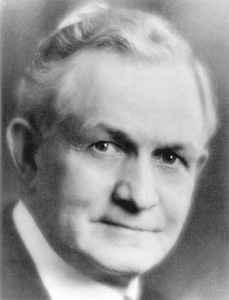
“Men must learn that in presiding over the Church we are dealing with human hearts, that individual rights are sacred, and the human soul is tender. We cannot run the Church like a business.”-David O. McKay Diaries, May 17, 1962, as quoted in “David O. McKay and the Twin Sisters’: Free Agency and Tolerance” by Gregory Prince, Dialogue 33:4 (Winter 2000):13. I read this as saying, we need to be sensitive to other people; we cannot make hard decisions and simply say, “this is business, not personal” as if real people were not involved. I wish we had more context… Read More
-
•
•
31 responses
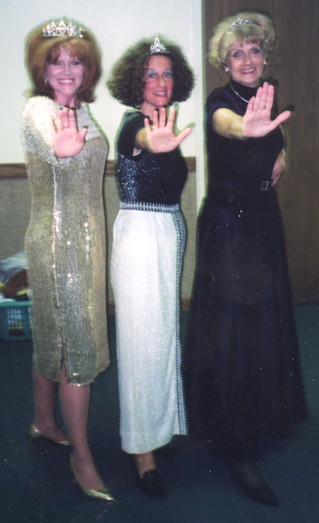
Often in the quest for equality in the church programs for girls and boys, women talk about how much they would have loved to do all the scout activities. As I said in the Boy Scout Redux, I was very envious of many parts of scouting. I love rafting, I pitched in the first girls’ little league in Orem, I ran a marathon to “celebrate” my 40th birthday, and I played intramural flag football and co-ed softball at BYU up until I was past my due date with my second pregnancy. But I don’t love everything “boyish.” I was a ballroom… Read More
-
•
•
13 responses
This world is not conducive to contemplation, to meditation. We are encouraged to read the scriptures, fast, pray and meditate. But how do we meditate? There are some simple steps we can take on a regular basis to clear our minds. Some of these meditation techniques are borrowed from other traditions. Read More
-
•
•
24 responses
My family is not very large (C and, uh, me. Not even a cat), so schedules aren’t hard to coordinate. We’re both active in the Church, and bibliophiles who regularly read and study our own scriptures, and yet we’ve never been able to have productive scripture study together. I am largely to blame for that, since our questions and interests tend to not overlap very much and mine are too arcane and rabbit-hole-ish to be productive for her. In spite of trying several times, it’s never lasted long. I have memories of my teens, bleary-eyed hot breakfast at 5:15, slogging… Read More
-
•
•
24 responses
Times and Seasons is pleased to announce that — after a very long stint as a guest blogger — Ben S. has agreed to come onboard as a permanent contributor. I certainly look forward to many interesting posts. Welcome Ben! Read More
-
•
•
52 responses
Each church member responds to problematic issues in church history, doctrine, and culture in their own way. Some people ignore them, some engage in apologetics, and some leave the church entirely. As for me, I’m a categorizer. I categorize them away. I separate human knowledge and experience into two overarching spheres — science and religion. For this to make sense, let me start with my definitions of those two spheres. Read More
-
•
•
43 responses
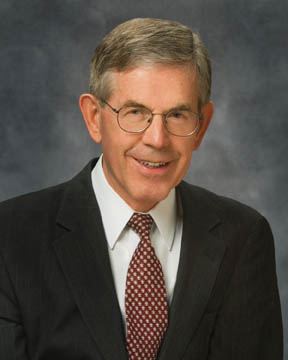
Quotes of Note will be a recurring series of lesser-known General Authority statements of interest, as conversation starters. I’m starting with a favorite. “We need to develop the capacity to form judgments of our own about the value of ideas, opportunities, or people who may come into our lives. We won’t always have the security of knowing whether a certain idea is “Church approved,” because new ideas don’t always come along with little tags attached to them saying whether they have been reviewed at Church headquarters. Whether in the form of music, books, friends, or opportunities to serve, there is… Read More
-
•
•
23 responses
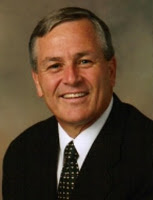
While off-year elections, like yesterday’s U.S. elections, are usually almost irrelevant, there was an interesting, if not important, race for those following Mormons in Politics—and the result appears to be the election of Jerry Lewis. Read More
-
•
•
11 responses
Re-reading the second half of Paul Johnson’s A History of Christianity last week, I ran across this interesting commentary penned by John Wesley. Here’s what he wrote sometime in the late 18th century (quoted at page 368; emphasis added): Read More
-
•
•
66 responses
It’s that time again — reader participation day, so come join in and let yourself be heard! Back in January, I asked what brings you to the bloggernacle. Today, I want to narrow the question down to Times & Seasons in particular. Several of you are new here in the past six months, and there are a few old friends that I haven’t seen in a while (Bill of Wasilla, where’d you go?) I want to know what keeps you guys coming back here, week after week, month after month. Feel free to take the discussion in any direction you’d like,… Read More
-
•
•
10 responses
Publishers Weekly announced their list of the top ten religion books for 2011 recently. Read More
-
•
•
19 responses
Here are the original words to this hymn. Read More
-
•
•
122 responses
This from then-member of the Quorum of the Twelve Spencer W. Kimball in the October 1953 General Conference: Read More
-
•
•
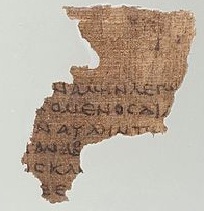
1-3 John seem to be letters written to different churches in the region of Ephesus mostly in response to a group of apostates whom we call Gnostics. Most scholars believe that John wrote these letters before he wrote the Gospel of John, though that is not a unanimous opinion. There are, for example, some who believe that at least 1 John was written after the Gospel of John, and some such as Stephen Smalley (Word Biblical Commentary, vol. 51) argue that the John’s gospel was written before any of the letters. There is also dispute as to whether all four… Read More
-
•
•
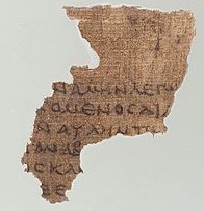
Before you read the letters from Peter, take a few minutes to recall who he was: What was his position in the Church? What particular experiences did he have with the Savior? What might he have learned from those experiences? How does that background inform these letters? Outlines of 1 Peter, 2 Peter, and Jude 1 Peter (adapted from Bo Reicke, The Epistles of James, Peter, and Jude) Like Ephesians, 1 Peter appears to be a baptismal sermon, perhaps written to be read at baptismal services one year and, it seems, addressed primarily to non-Jewish converts. Greeting (1:1-2) The responsibilities… Read More
-
•
•
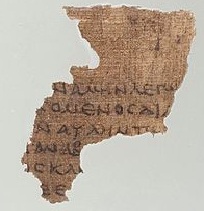
We do not know who the author of this epistle was (there are several persons named James in the New Testament), but tradition says that it was James, the brother of Christ and the presiding elder in Jerusalem after Christ’s death. (See, for example, Acts 15:13, where he presides over the Jerusalem conference called to deal with the Gentiles joining the early Church.) What do we know about Jesus’ family’s relation to him prior to the crucifixion? (See, for example, John 7:1-5.) When do you think James became a follower of Christ? Is 1 Corinthians 15:7 relevant? Does that verse… Read More
-
•
•
155 responses
It started when I was about four-years-old. My oldest brother became a Cub Scout — and got a uniform and badges and all sorts of awesome awards and activities. As soon as I could read, I began pouring over Boys’ Life…and coveting. We didn’t even have Achievement Days/Activity Day back then (not that it compares, but still), so I begged my parents to let me be a Brownie in the Girl Scouts organization. Alas, the church leadership had strongly recommended avoiding the heathen group, which left the girls with…nothing. For 43 years I’ve carried this uneasiness about the disparity between… Read More
-
•
•
38 responses
In my post last month, I wrote about fundamental scripture based doctrine that lead us to value the earth. Now I would like to demonstrate that Mormons care for the earth through their stewardship, primarily in the management of our own homes and families. The first principle of stewardship is thrift. If we as a people live by the principle of thrift, we will as a natural result consume less and be in a position to serve more. Using our resources, financial and otherwise, wisely is the first step in becoming the stewards that God expects us to be. If… Read More
-
•
•
52 responses
Over the past ten years, my approach to the doctrines of the church has shifted dramatically. I’m Mormon now in a very different way than I was then. With the various discussions attempting to define what it means to be Mormon, I thought I’d share what it means to me (well, what it means to me at this time — check back in ten more years and we’ll see where things are at). I believe that the religion that does nothing for people in this life isn’t likely to do much for them in the next. The church is true… Read More
-
•
•
53 responses
I shaved today. My beard (of at least the last two-and-a-half years) is gone. Read More
-
•
•
35 responses
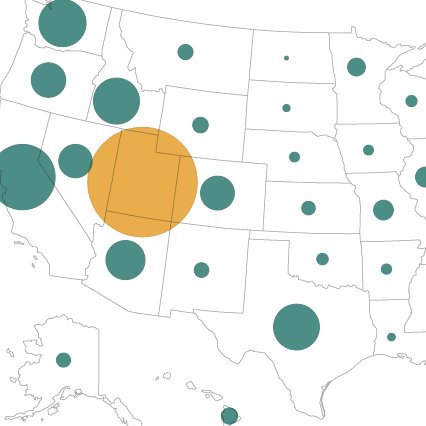
The Chronicle of Higher Education has given us a new statistical toy to play with. Read More
-
•
•
51 responses
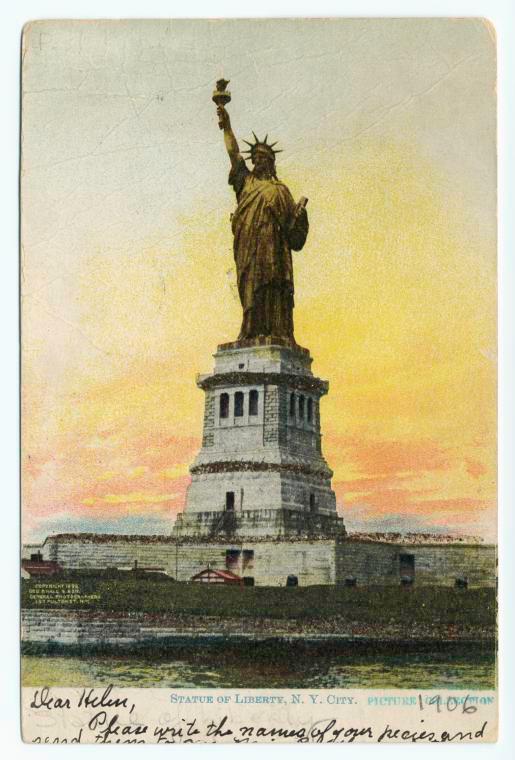
The New York Public Library posted on Facebook this morning that today is the 125th anniversary of the dedication of the Statue of Liberty. While intended and generally thought of as an icon of freedom, its place in New York harbor, through which much immigration to the United States has passed, has meant that it is also considered a symbol of immigration. Read More
-
•
•
8 responses
Friday, October 28: 9:00 am: Decorate church building Read More
-
•
•
8 responses
I hope to see some of y’all there. Read More
